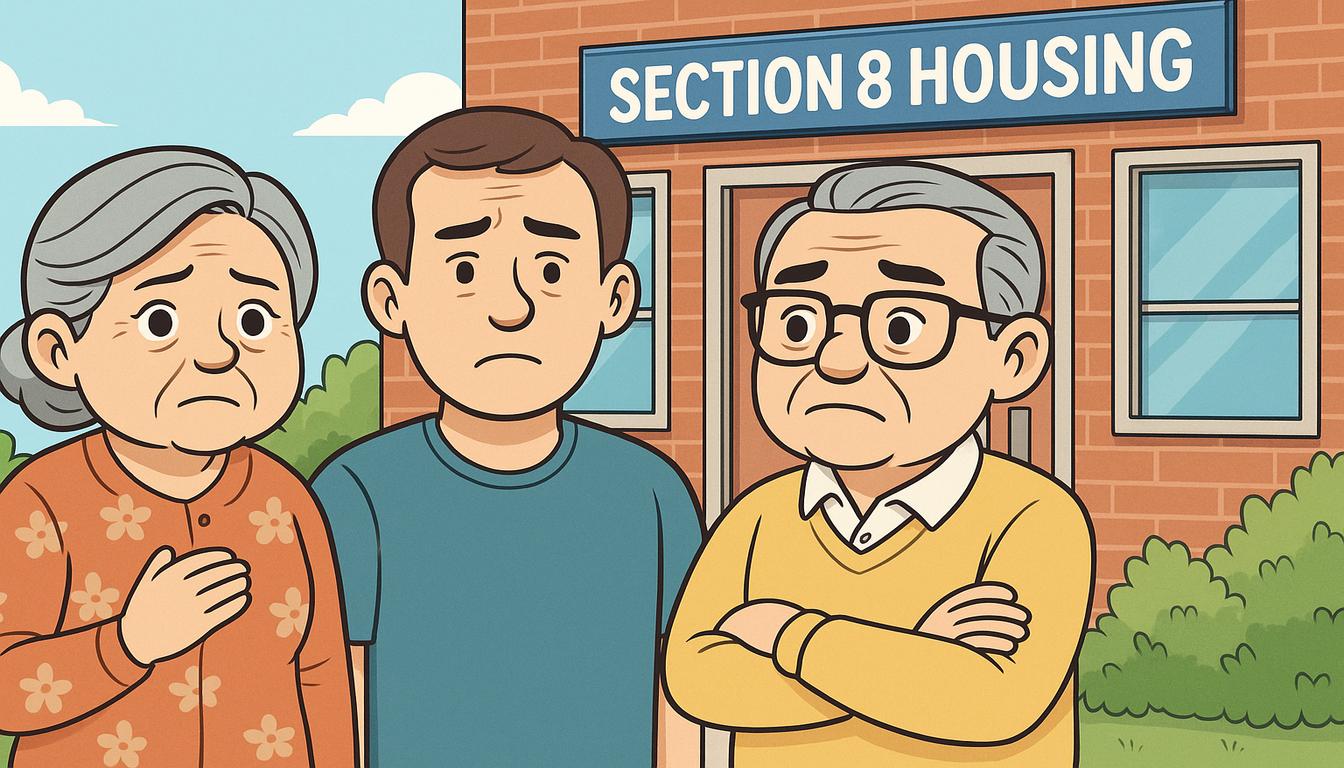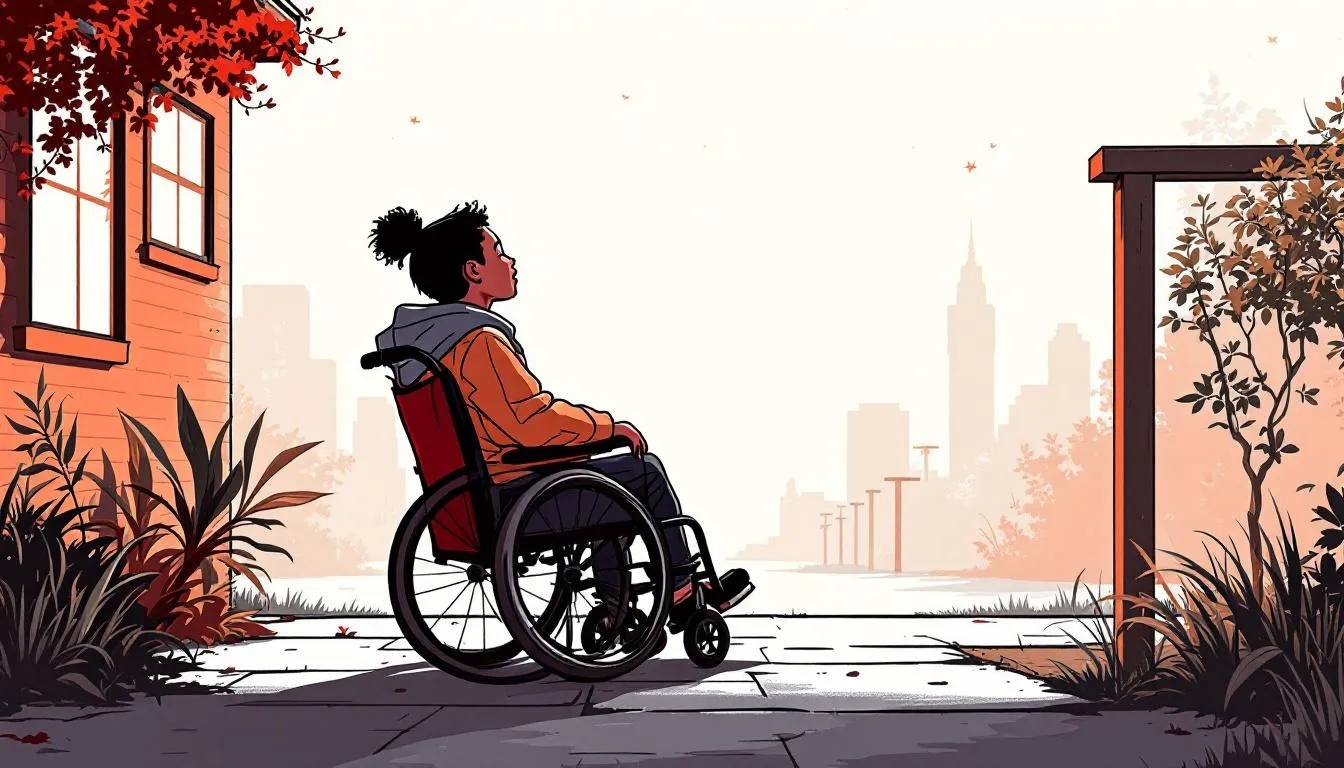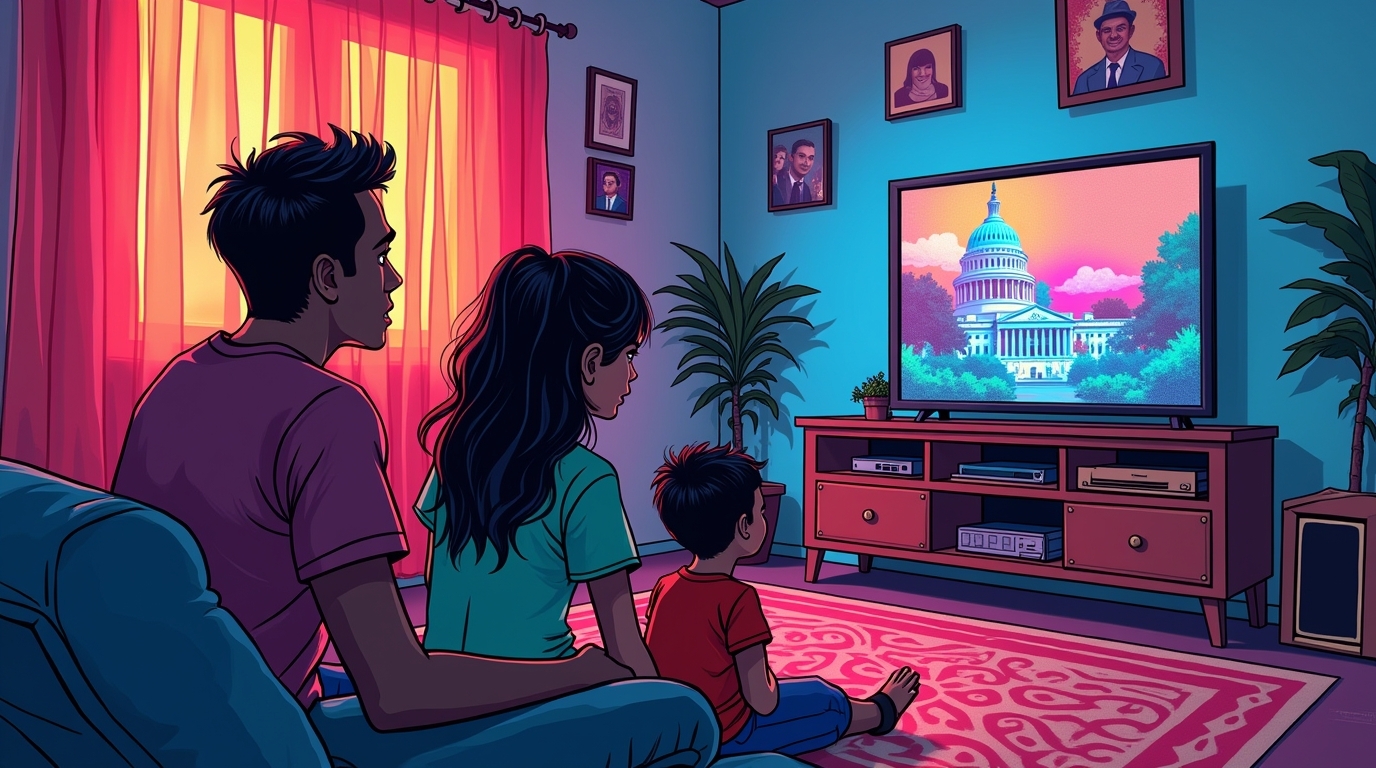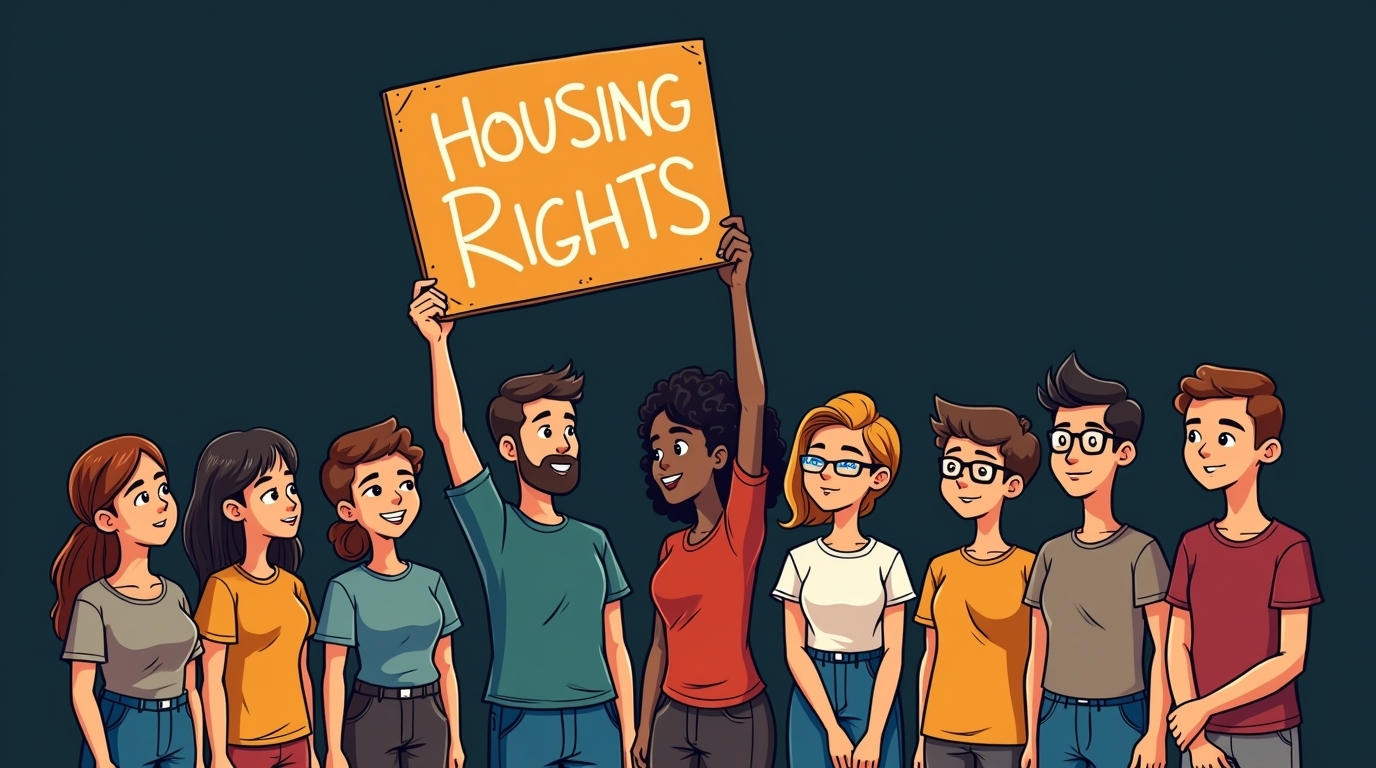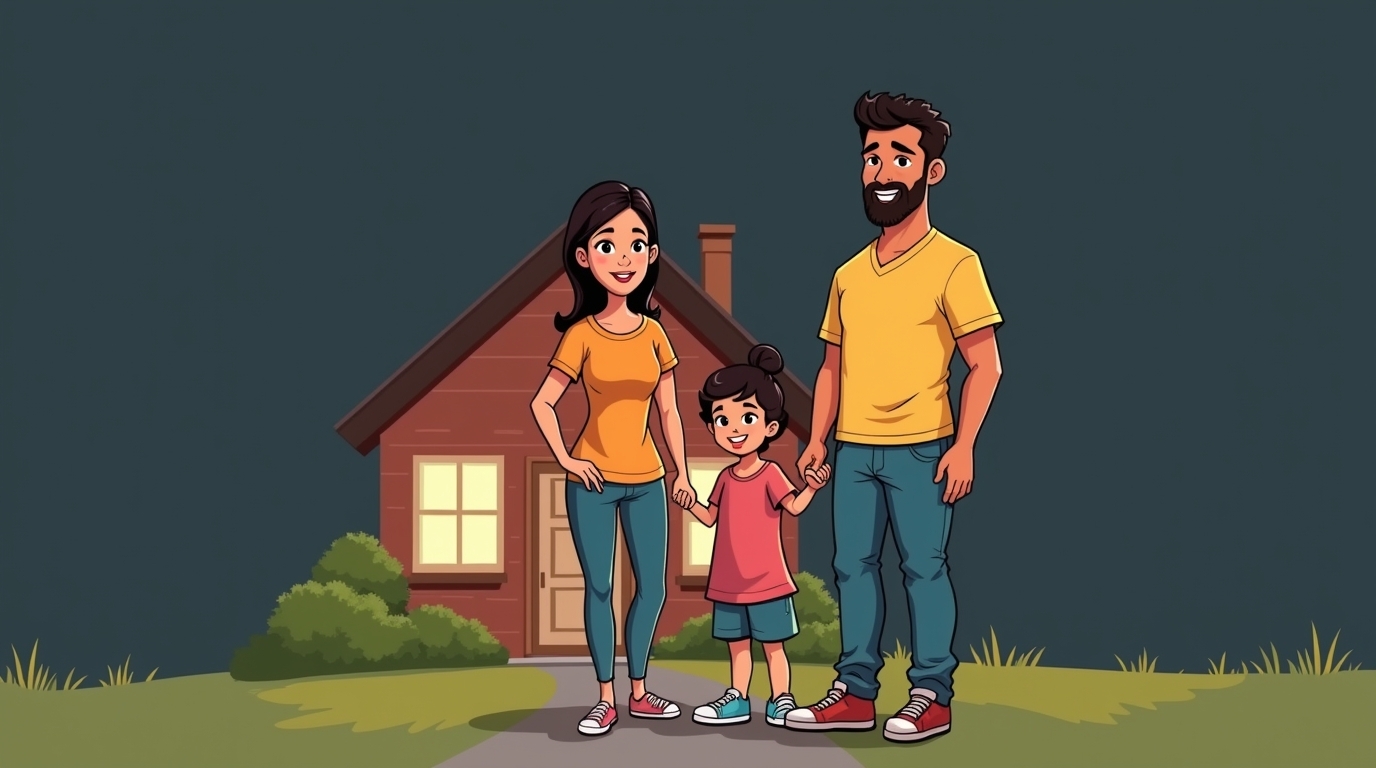.png)
Welcome back to This Week in Affordable Housing, where we break down the latest news shaping affordable homes, Section 8 programs, and housing choice vouchers across the country. From new city investments to climate threats and federal budget updates, here’s what you need to know this week — all in one clear, simple read.
1. Salt Lake City gets creative with new affordable housing investment
Salt Lake City is taking a bold approach with a $14.4 million commitment to affordable housing and homeownership. According to KUTV’s coverage of Salt Lake City’s affordable housing investment program, the city is splitting its funds between two main goals: building more affordable rental units and helping renters become homeowners.
About $8 million will go toward the Housing Development Loan Program, supporting developers who create new affordable units for families earning less than 30% of the area’s median income. The remaining $6.4 million supports a new Residential Wealth-Building Pilot Program that focuses on rent-to-own models, community land trusts, and shared-equity housing.
This initiative, detailed by Salt Lake City’s official affordable housing announcement, isn’t just about short-term rent relief. It’s about long-term opportunity — helping low-income families build equity and stability through ownership.
Why it matters: Cities everywhere are searching for new ways to make housing both accessible and sustainable. By investing in ownership, Salt Lake City is helping residents break the cycle of renting and build generational wealth.
2. Extreme heat is putting affordable housing residents at risk
A sobering new report by the National Low Income Housing Coalition (NLIHC) reveals that 80% of the nation’s affordable housing stock is exposed to repeated extreme-heat events. That means millions of families living in low-income or subsidized housing are enduring dangerous summer heat without adequate cooling.
The analysis, developed with the Union of Concerned Scientists, shows that more than 7 million low-income residents live in areas where heat advisories lasted for weeks. Alarmingly, households led by people of color are twice as likely to live in these high-risk zones.
This finding highlights a major blind spot: while we often talk about affordability in terms of rent, climate resilience is now part of the housing crisis. Affordable homes frequently lack insulation, efficient cooling, or shade. The NLIHC report urges policymakers to include weatherization, energy efficiency, and resilience retrofits in future funding decisions.
In short, the issue isn’t just affordable housing — it’s safe, livable affordable housing that can stand up to climate change.
3. Congress weighs HUD and Section 8 funding in new budget plan
On Capitol Hill, Senate Democrats are gauging support for a three-bill spending package that includes HUD’s FY 2026 funding, covering core affordable housing and community programs.
This proposal would impact everything from housing choice vouchers to public housing maintenance. It’s part of a broader THUD (Transportation, Housing, and Urban Development) funding bill, which advocates hope will restore critical support after years of shortfalls.
The NLIHC warns that while this Senate version is more promising than the House proposal, it still may not meet the scale of need. Without full funding, local housing authorities may have to limit new vouchers, delay repairs, or scale back rental assistance.
The debate underscores why programs like Section 8 housing vouchers are always vulnerable to political shifts. Without predictable funding, thousands of low-income families risk losing stable homes.
What to watch: The final HUD appropriation will determine how many vouchers are renewed, whether rent caps change, and how much funding cities receive for community development.
4. A billion-dollar boost: private fund targets affordable housing
While government programs remain uncertain, the private sector is showing renewed interest in impact-driven affordable housing investments. The CIM Group and Bryant Group Ventures launched a $1 billion Affordable Housing Impact Fund, already securing over $250 million from major investors such as Flagstar Bank and Truist Bank.
As reported by American Banker’s feature on the new affordable housing fund, the goal is to build and preserve multifamily housing in underserved communities nationwide. Unlike many traditional funds, this one specifically focuses on balancing financial returns with community impact.
Private initiatives like this are essential because the U.S. housing supply gap can’t be closed by public funding alone. Still, experts caution that investors must ensure these projects truly serve low-income families, not just moderate-income renters, to maintain genuine affordability.
5. Placer County expands affordable housing options through new local agreements
In California, Placer County is expanding its affordable housing options through several new public-private agreements. These deals aim to add new affordable rental units while streamlining development for builders who include below-market-rate housing.
For local residents, this means more opportunities for income-based housing — and a clearer path for developers to partner with local agencies. As California continues to face some of the nation’s highest rent burdens, these agreements show how counties can act faster than state or federal governments to move projects forward.
This local approach aligns with what we’re seeing in many communities nationwide: small-scale solutions that collectively make a big difference.
6. Section 8 voucher programs face growing funding shortfalls
Across the country, Section 8 and housing choice voucher programs are under pressure. A recent Housing Finance report on Section 8 funding shortfalls explains that many public housing authorities are cutting costs or pausing new voucher issuances because federal funding isn’t keeping up with rising rents.
Some agencies have stopped accepting new applications or have frozen rent increases to stay within their budgets. Others have paused “project-based” voucher partnerships with developers until they know how much funding HUD will provide for FY 2026.
For voucher holders, this can mean longer wait times or fewer available homes. For landlords, delayed payments and uncertain contract renewals may make participation less appealing — further shrinking available housing.
This situation highlights the urgent need for stable HUD funding and stronger federal support for local housing authorities. When budgets don’t match real-world rent increases, families get left behind.
7. Affordable housing advocates push Congress to act
Advocates are not staying quiet. In Washington, affordable housing organizations are urging Congress to raise the public welfare investment cap so that credit unions and community lenders can invest more in affordable housing initiatives.
By easing outdated limits, these groups argue, more community-based financing can flow into projects that serve working families and seniors — especially those using housing choice vouchers. Expanding private participation, they say, could complement public programs and help close the supply gap faster.
8. Local voters and cities step up for housing
Across the map, voters are showing they support housing action. In Louisiana, New Orleans approved a $45 million bond proposition for housing projects, while in Utah, Salt Lake City continues to invest in creative affordable housing models.
Meanwhile, a recent Architect’s Newspaper article on voter initiatives for affordable housing and conservation highlights that people increasingly see affordable housing as part of a broader plan for livable, sustainable communities — connected to transit, parks and climate resilience.
9. The economy’s big picture: why affordable housing matters for growth
A recent U.S. Chamber of Commerce analysis on why affordable housing is key to a thriving economy makes it clear: without enough affordable homes, the entire economy suffers. Workers can’t live near jobs, employers face staffing shortages, and local spending declines.
Simply put, affordable housing isn’t just a social issue — it’s an economic engine. When families can afford rent or buy homes, they spend more locally, build wealth, and stabilize neighborhoods.
10. Federal policy flashback: housing programs in the budget crosshairs
For background on how politics continue to shape housing support, check out our own post, “Trump’s new budget targets housing programs and millions could feel the impact”. It explains how proposed federal cuts to Section 8 vouchers and public housing funding could ripple through communities — a reminder of how fragile these programs can be when budgets tighten.
Final Thoughts: Stability, Safety, and Solutions
This week’s stories show a clear pattern: innovation at the local level, urgency at the federal level, and rising awareness in the private sector. Whether it’s Salt Lake City’s homeownership pilot, New Orleans’ voter-approved bonds, or new billion-dollar impact funds, the message is consistent — affordable housing isn’t optional; it’s essential.
The next few months will determine whether Congress delivers meaningful funding for HUD and vouchers, and whether local leaders can turn creative plans into lasting results.
Until then, families relying on affordable housing or Section 8 assistance are counting on every level of government — and increasingly, private investors — to keep these programs alive and growing.
Navigating the Section 8 housing process can feel overwhelming, and that's where Section 8 Search comes in. We're more than just a listing website; we're a dedicated resource designed to make finding housing under the Housing Choice Voucher Program straightforward and stress-free. Our platform offers user-friendly tools to explore listings and waiting list statuses nationwide, all built on official HUD data. We're also passionate about providing clear, helpful information and guidance, empowering you with the knowledge you need to understand eligibility, complete your application, and confidently navigate your housing journey.
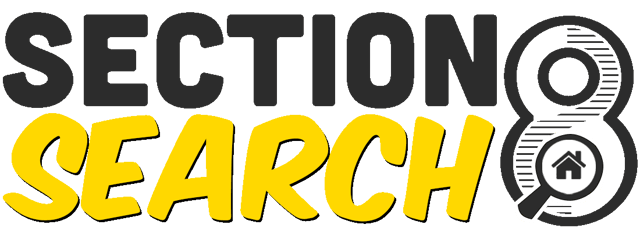
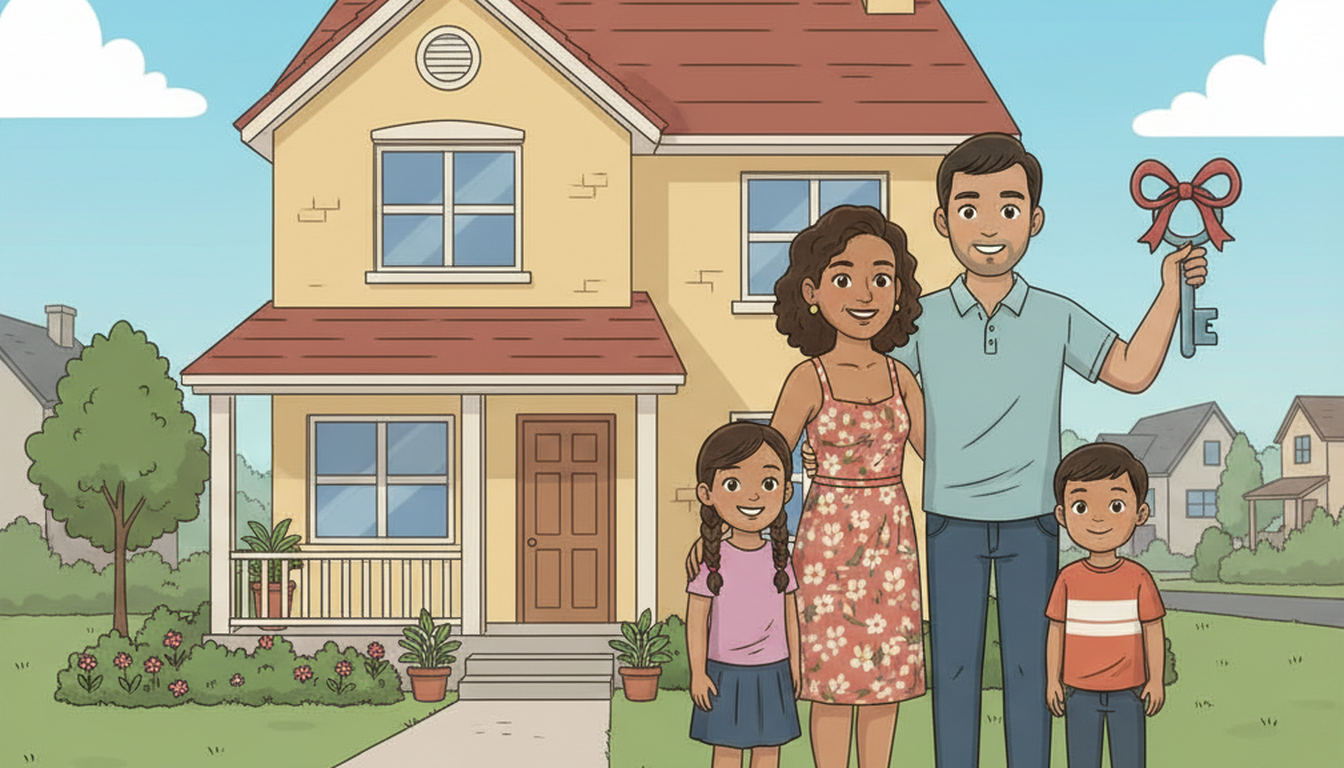
.png)
.png)
.png)
.png)
.png)
.png)
